AOC, DOC, PDO, PGI… seasoned foodies know that spotting any one of these initialisms is a sign of good things to come. The cheese, wine, spirit, fruit, vegetable or delicacy bearing this label must be something really special. But… what exactly? Find out what the abbreviations mean, learn more about the most common labels, and then use your new-found knowledge to eat better going forward.
What Is A Geographical Indication?
It can vary from country to country, be recognised in some places, but ignored in others, enjoy legal protection in one market, but not in another… Truly understanding the seemingly endless list of Geographical Indications (GI) that exist on a global level – as well as the requirements for receiving them – necessitates an advanced degree in intellectual property rights and international trade law. Let’s just say it’s complicated. The reason for the different quality seals, however, is very simple.
Why Geographical Indication Matters
Locations, regions and countries have an interest in protecting the specialities that originated there, and in preventing imitations – especially inferior ones – from riding on their coat-tails. Protecting the name associated with the product enables local regulatory bodies to set production standards and monitor quality, securing the unique advantage of their own industry. And once the products reach store shelves, clear labelling should also help consumers make informed choices. However, that doesn’t stop imposters from bending the rules or getting creative with product names in order to piggyback off the success of a quality product.
How To Find Quality Foods
Look for the full, exact name of the product, usually including the geographical origin. Avoid labels describing a product “in the style of” or including suffixes like “-style” and “-type”. Keep in mind that even when a product is protected in one country, it may be fair game for imitators everywhere else.
How To Spot Imposters
Geographical Indications are often stricter closer to home. In addition, more products are better protected within the EU than anywhere else. The USA in particular allows more flexibility in food labelling, so a product you find there may not be held to the same restrictions you expect. When you see a GI product listed on a menu, don’t be shy about asking where the kitchen sources the produce – or even demand to see the ingredients in their original packaging. And remember: quality costs, so get suspicious when you see bargain-basement prices on top-shelf products.
Want to know more? The World Intellectual Property Organisation outlines international laws and treaties regulating the protection of Geographical Indications or Appellations of Origin. You can also check out the website of the European Commission to see the EU’s Geographical Indications explained.
Now, armed with that information, let’s shine a light on some of the most popular foodstuffs protected by geographical indication, and explain what makes them special.
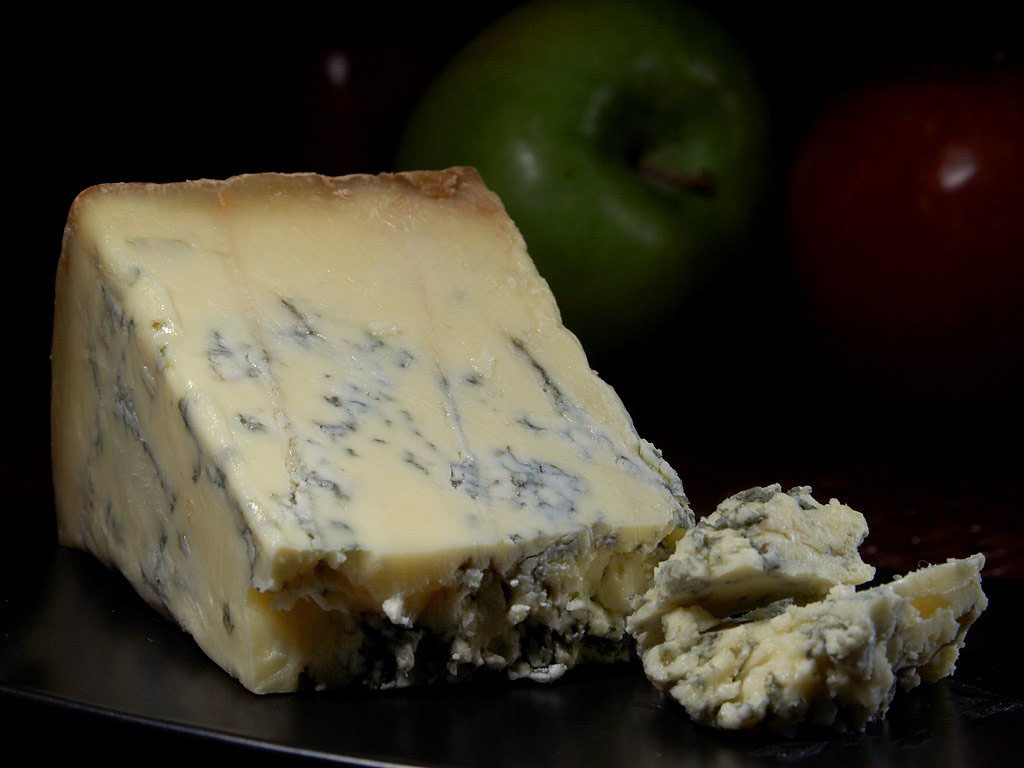
Roquefort
Appellation d’Origine Contrôlée (AOC) – the French term for Protected Designation of Origin (PDO) – is the original certification for foods from specific regions. It is based on the very French reverence for terroir as an essential element of flavour creation. It was first brought into effect in 1411, to regulate Roquefort production. To this day, the distinctive blue cheese may only be made in six départements in the south of France, using mould from the natural caves of Roquefort-sur-Soulzon. Any other blue cheese is just blue cheese – or Gorgonzola, Danish Blue, Stilton… each a variation with its own protected geographical status.
Stilton
Speaking of Stilton: this blue cheese is an interesting exception from the rule that most protected products bear the name of their region of origin. Stilton cheese can absolutely not be produced in Stilton, as that town lies in Cambridgeshire, not in Derbyshire, Leicestershire and Nottinghamshire, the three counties allowed to call their cheese Stilton according to PDO. It is produced with penicillium roqueforti, the same fungus used to make Roquefort.
Cheddar
In a slightly less bizarre case of mislabelling, cheddar has become such a generic term for a certain type of hard cheese that it has not been granted PDO status. If you want the real deal from Cheddar, Somerset (and three neighbouring counties), look for West Country Farmhouse Cheddar. Cheese bearing this more specific label must be handmade from local milk according to traditional methods, without added colours, flavours or preservatives, and matured for at least nine months. Unlike the many cheese-flavoured products that bear its name all over the world, you are more likely to find it at a specialty cheese counter than in the dairy aisle of the local supermarket.
Whiskey/Whisky
After a century of decline, the Irish distillery landscape has recently entered a boom phase – and launched renewed demand for Irish Whiskey. The tipple is protected under European (GI), as is Scotch. The real uisce beatha, as it is called in Irish, has to be distilled and aged for at least three years in wooden casks on the island of Ireland. The GI label Irish Whisky, much like the similarly regulated Scotch Whisky, can be seen as an advantage, signifying quality, a rich history spanning over 500 years in both countries, and distinctive distillation styles. However, they can also be restrictive, leaving the likes of American and Japanese makers to create more innovative blends and flavours.
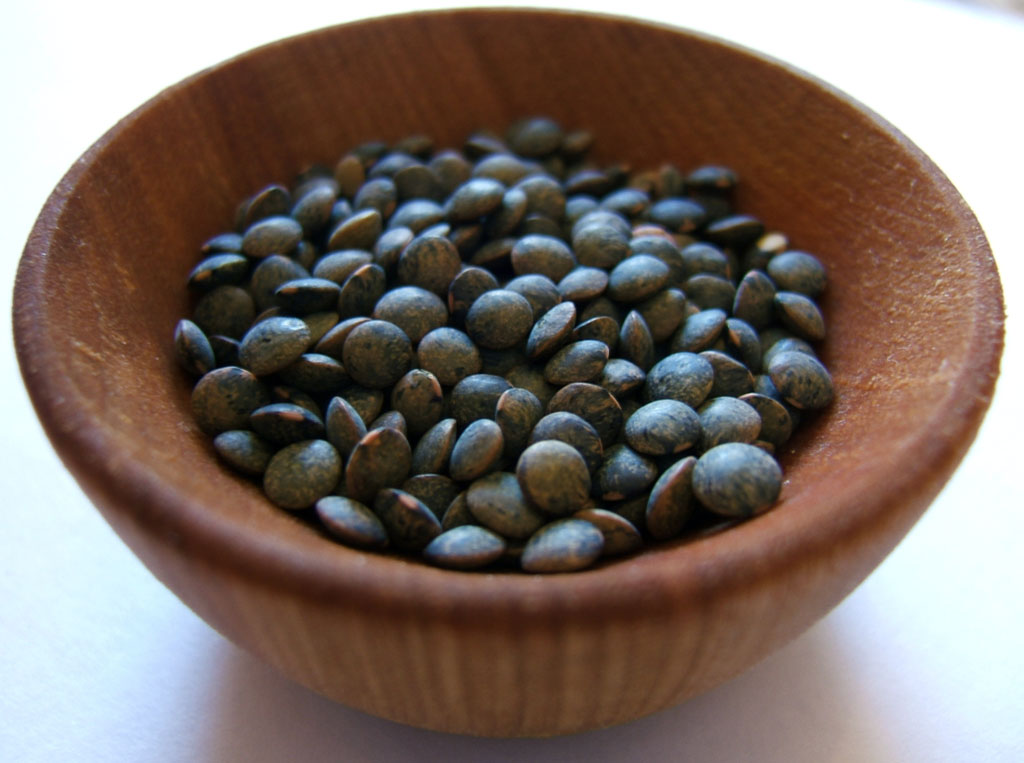
Le Puy Green Lentils
In France, it’s not only cheese and wine that are fiercely protected and AOC-labelled, but even humble pulses. You’ll find plain old green lentils masquerading as their superior French cousins all over the world, but in the EU, only those grown in the prefecture of Le Puy are allowed to be sold under that name. You’ll know you’ve got the real deal by their distinctive flavour, but more importantly by the fact that they retain their shape and bite after cooking, making them an irreplaceable ingredient for salads, in particular. [Photo: Wordridden/Flickr]
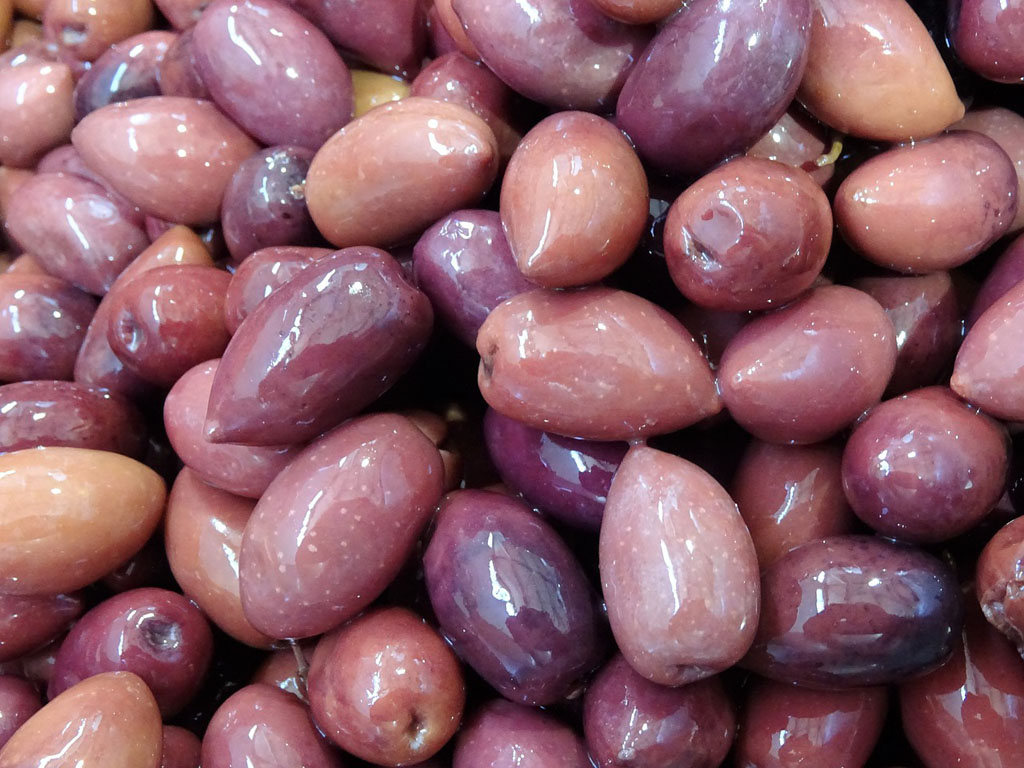
Kalamata Olive
Likewise, many consumers think of Kalamata as a variety of olive. However, within the EU, only those grown in the Messinia area of Greece (with its regional capital Kalamata) are allowed to be sold under that name. Both the peculiarities of the tree that bears this particular fruit and the traditional preparation contribute to the resulting unique flavour and delicate texture. They are hand-picked ripe, and soaked in brine to reduce bitterness. Since they are indigenous to the region and olives have been harvested there for several thousand years, seeking out the real Kalamata is usually worth it. However, if you can find the same variety grown by a committed olive farmer closer to home, it’s worth a taste test to reduce your food miles.
Feta
By comparison, Greek culinary culture has suffered a lot more at the hands of international industrial cheese production. Feta, as protected under PDO, is made from sheep’s and goat’s milk in Greece. It is creamy and crumbly, salty and tangy, distinctive in flavour and yet flexible in its uses. The many bland, dry, cheaply produced cow’s milk products sold as “Greek-style” white cheese simply can’t compare, not only in terms of taste. Sheep’s and goat’s milk is not only healthier than cow’s milk, but farming of goats in particular is better for the environment, and sheep at least have a smaller territorial footprint.
Balsamic Vinegar
Mozzarella has suffered a similar fate to feta, although the disparity between the original buffalo and the knock-off cow’s milk version isn’t quite as huge. Even worse than making an Insalata Caprese with inferior cheese, however, is topping it off with cheap brown vinegar masquerading as balsamico. It’s also an easy mistake to make, thanks to confusing labelling. Traditional balsamic vinegar is made like a fine wine. Grape must (whole-pressed grapes – skin, seeds and all) is reduced, fermented and then cask-matured for a minimum of 12 years. If made according to traditional methods in the provinces of Modena or Reggio Emilia, the result is an Aceto Balsamico Tradizionale DOP. Balsamic vinegars made elsewhere to the same high standards can’t get the label. The less strict Protected Geographical Indication (PGI) Aceto Balsamico is a catch-all for a wide variety of vinegars using some amount of aged grape must, mixed with up to 80% plain wine vinegar and other additives.
Tequila
Although the European Union is a particularly strong and well-organised champion of GI, countries outside Europe also do their bit to protect local specialities. According to the Official Mexican Standard, tequila can only be made from the Tequilana Blue Agave plant, grown and distilled in specified regions of Mexico. More generically, this type of agave-based Mexican spirit is called Mezcal. Agave spirits, and other succulent distillates made elsewhere, have had to come up with their own names, like Agava in South Africa.
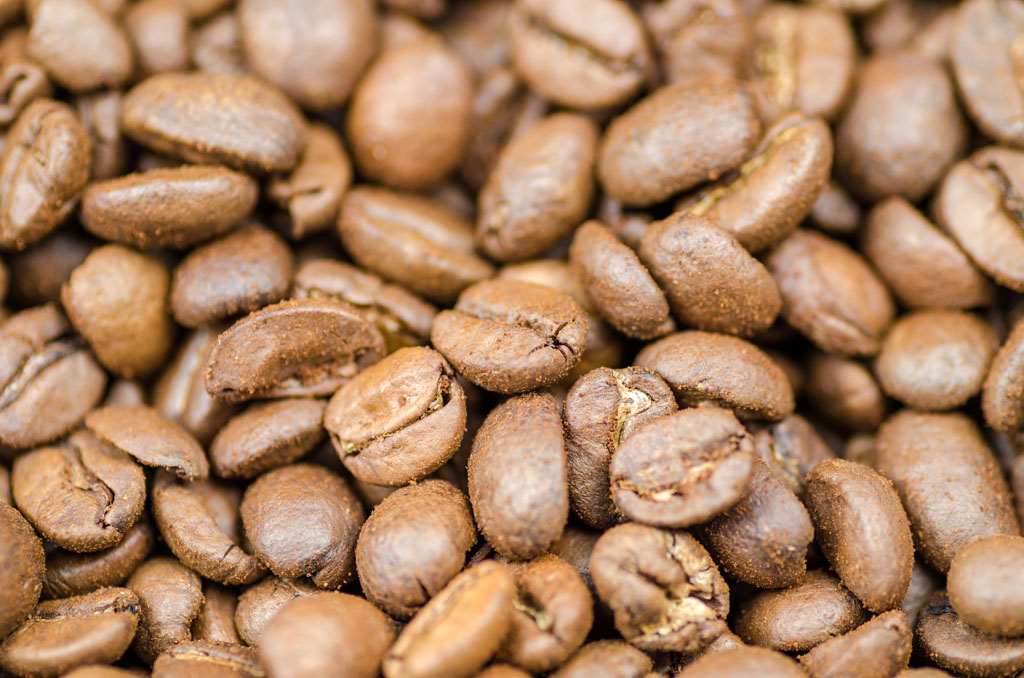
Colombian Coffee
Colombian coffee wasn’t only granted PDO status by the EU, the country’s “Coffee Cultural Landscape” was also recognised as a World Heritage site. The natural conditions do a lot of the heavy lifting here, with the perfect soil, climate and altitudes for coffee cultivation. Add to that a crop made up largely of high-quality Arabica beans, and more than two centuries of coffee-growing heritage still largely led by small-scale, manually operated plantations, and you get a damn fine coffee.

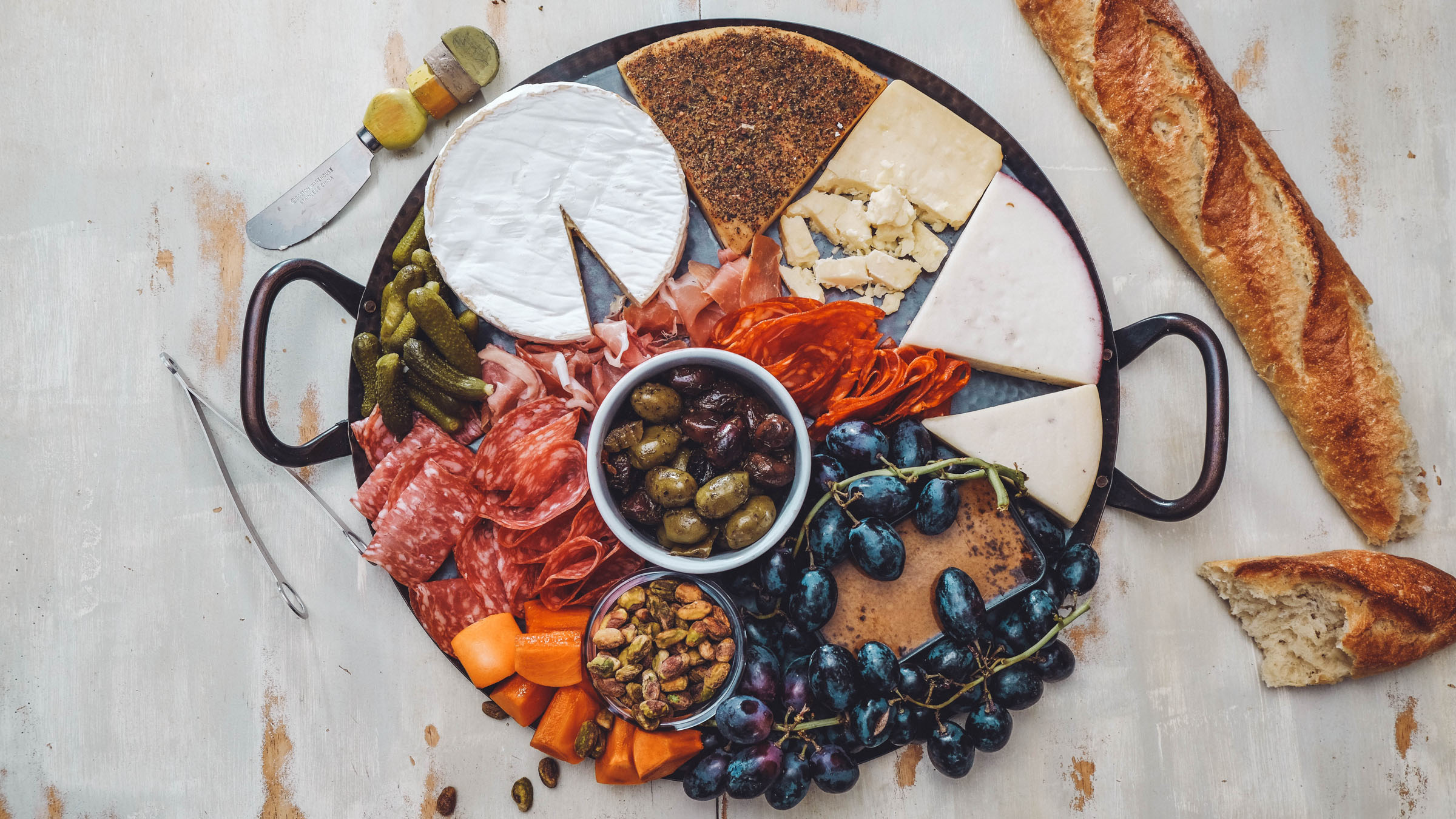
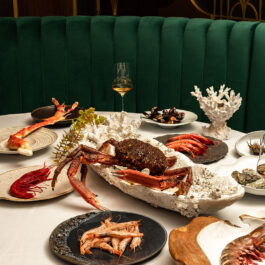











Sorry, the comment form is closed at this time.